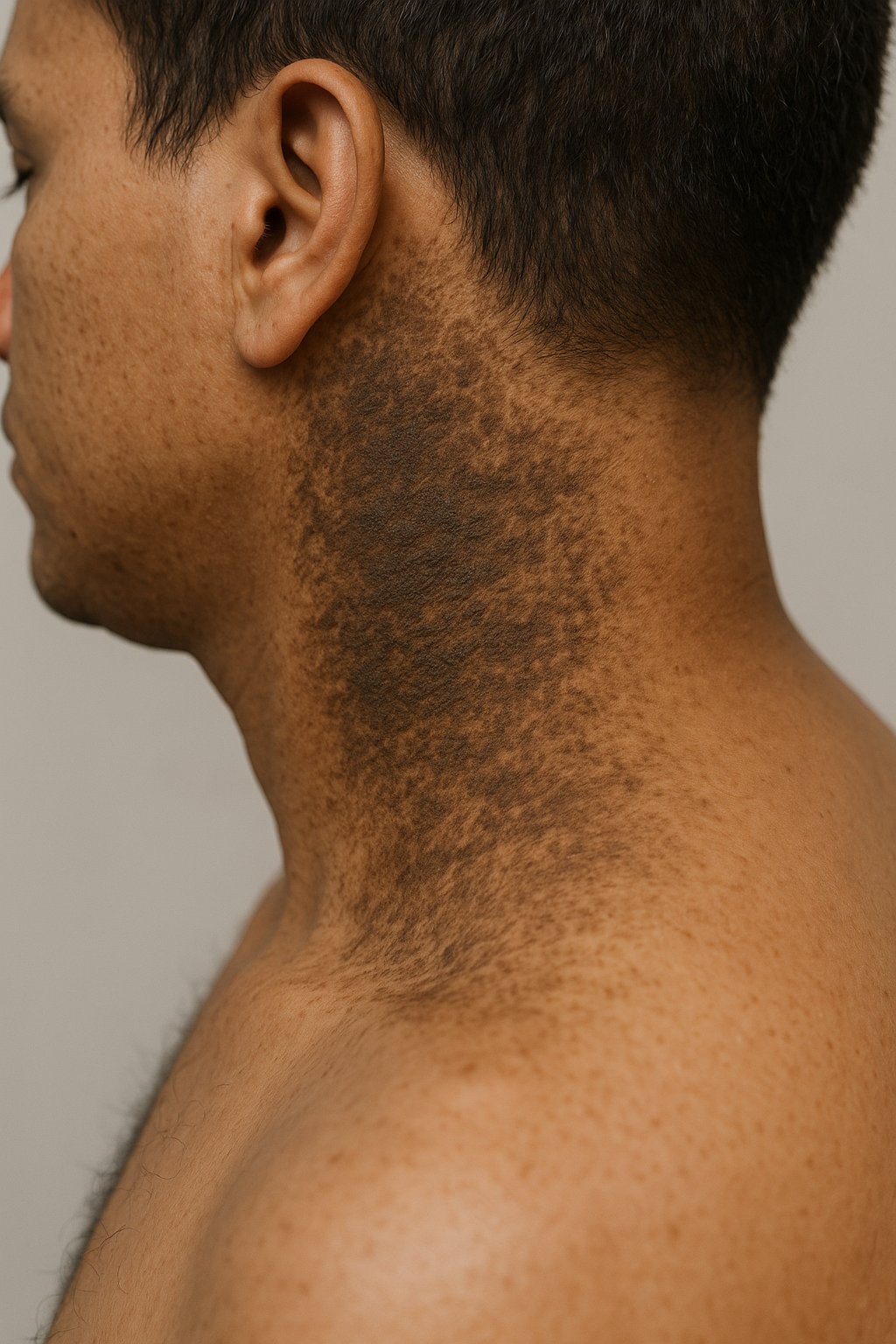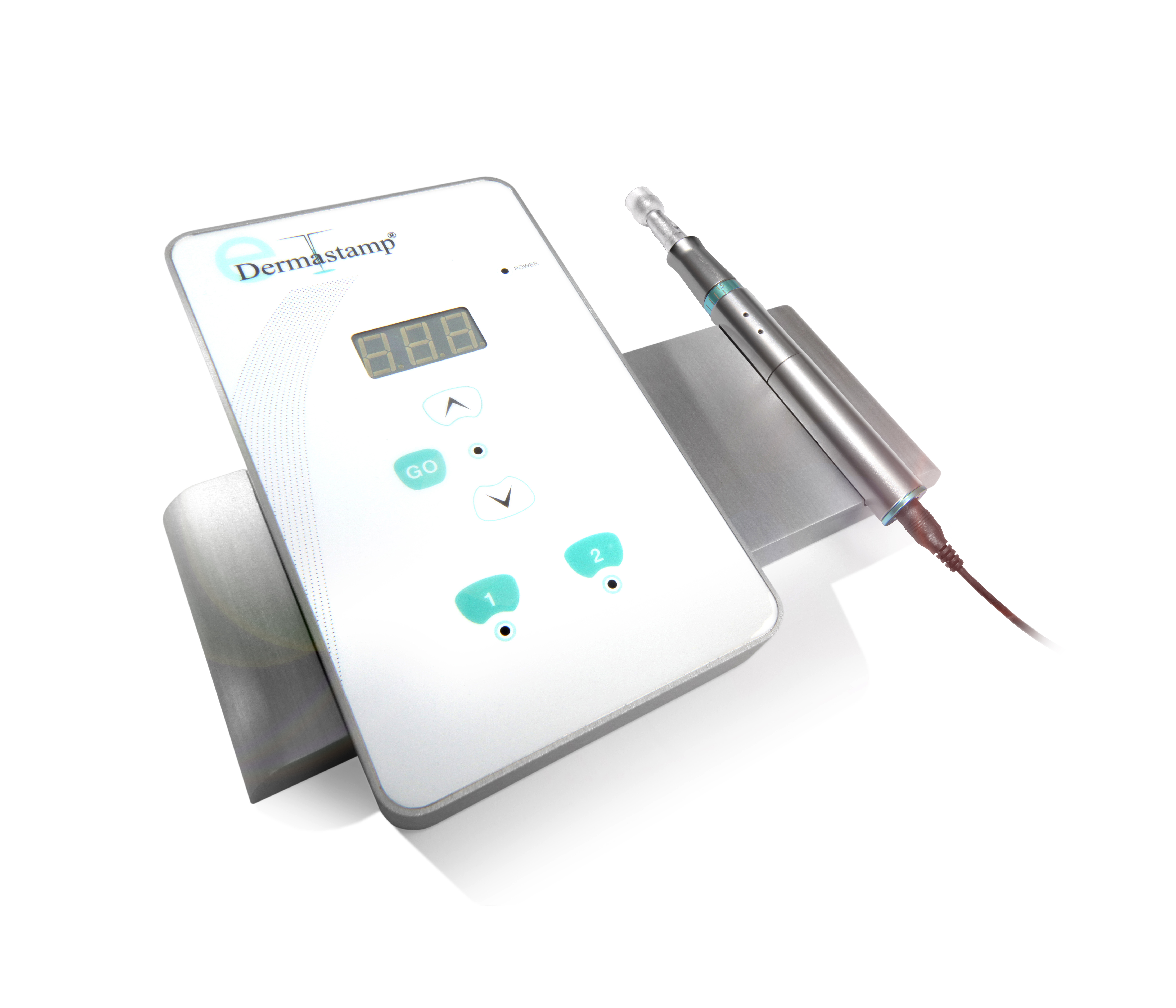Clinical applications of botulinum toxin as a versatile agent.
In present-day medicine, botulinum toxin injections (known under brands Botox (Allergan), Dysport (Galderma) and Xeomin (Merz), are widely used for various cosmetic procedures. Many people have developed an association of Botulinum toxin injections only with reduction of wrinkles and achievement of a youthful look. However, medical cosmetology is just a small niche of what botulinum toxin is able to do. It is very versatile and can be essential in different conditions like migraines, spasticity,
In microbiology, botulinum toxin is known as “Miracle poison” and considered as one of the most poisonous biological substances to a human body. It is a neurotoxin which is produced by anaerobic gram-positive bacterium Clostridium botulinum. Even though the C.
It is suggested to go home and rest after receiving neurotoxin. Strenuous activities are not recommended for the first few days
In 1970s, scientists began using botulinum toxin as a treatment method for strabismus (“crossed eyes”) which is a condition of one looking directly at the viewing object while another eye is misaligned either inward, outward, or downward. The clinical trials showed positive results of botulinum toxin being able to reduce wrinkles in glabella (the skin between eyebrows and above the nose area).
Nowadays, the usage of botulinum toxin plays a significant role in current clinical applications. This biological substance helps to manage hemifacial spasms, strabismus and focal dystonias, and other
7 Comments
Comments are closed.
Related Posts




This post breaks the stereotypical perspective on Botox. I definitely learned a lot from your post. Keep up the great work!
Like!! Thank you for publishing this awesome article.
That is the proper blog for anybody who needs to search out about this topic. You positively put a new spin on a topic that’s been written about for years. Nice stuff, simply great!
Thank you for sharing such an informative blog. It’s really impressive. You’re doing a great job I appreciate your intelligence and knowledge regarding botox.
Eyeopening post!
Awesome blog!
I’m extremely impressed with your writing abilities and also with the structure of your blog. Is this a paid theme or did you customize it yourself? Anyway keep up the nice high-quality writing, it’s rare to look at a nice blog like this one these days..